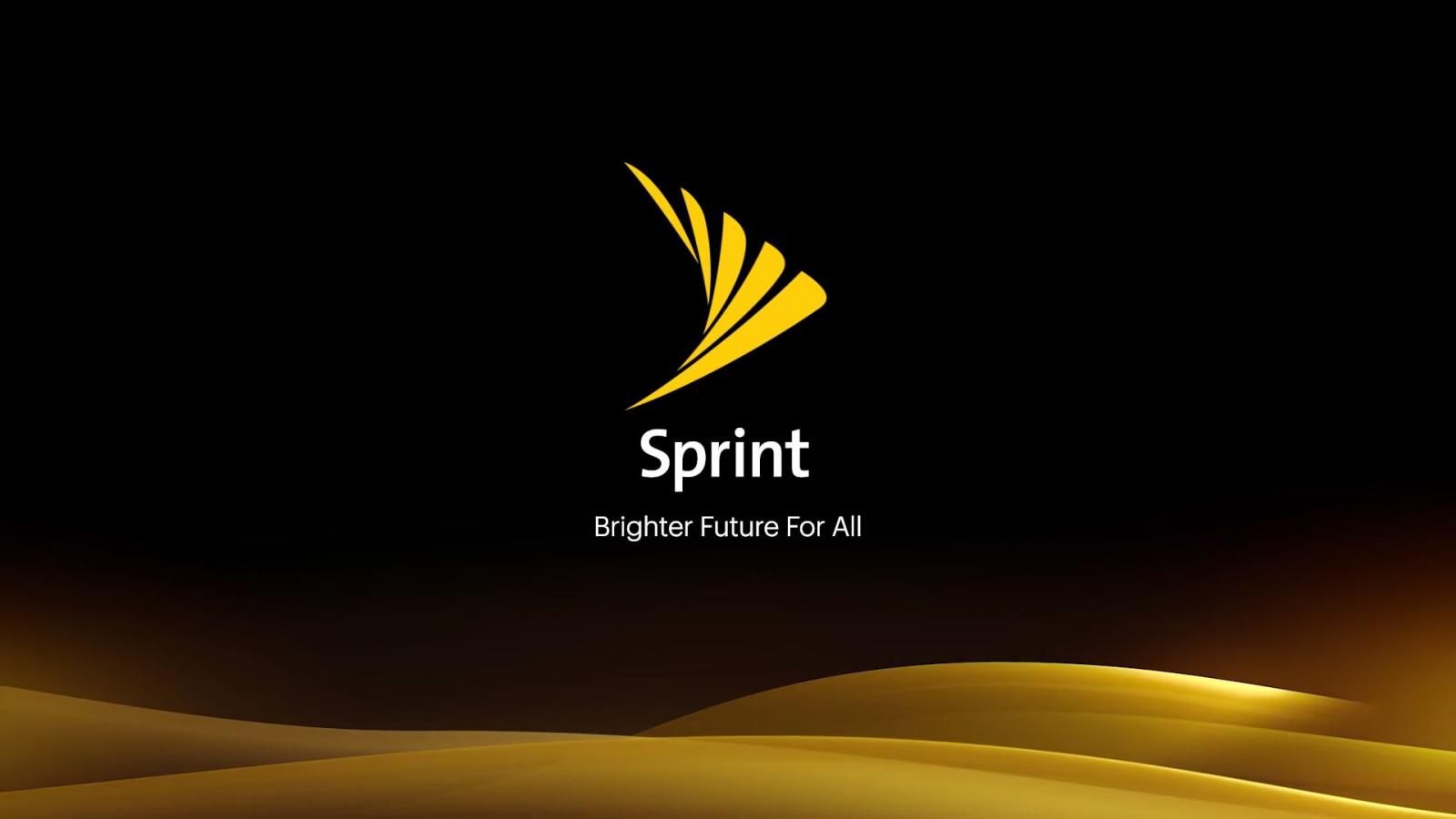T-Mobile has been busy selling what it would deem the jolly good idea of a merger with Sprint to consumers and regulators this year. In fact, we’ve been concentrating on most of its filings with regard to the transaction. And the recent rebrand of its MetroPCS from a prepaid carrier to some nebulous thing where customers can pay when they’d like was likely a move to help keep Sprint’s Boost and Virgin Mobile units.
So, what does Sprint have to offer in return? According to BTIG analyst Walt Piecyk, a very poor LTE network.
Sprint filing yesterday. $S pic.twitter.com/iWMWw5OEB9
— Walt Piecyk (@WaltBTIG) September 27, 2018
Piecyk passed along a recent filing from Sprint illustrating its LTE coverage in contrast against its competitors. Even though its coverage map would usually be much fuller in advertisements, plenty of that space remains CDMA territory.
The network somehow has been able to recover from years of subscriber bleeding and currently has some 53 million in its ranks, but it might be the hope that by diminishing its position as a competitive option in the market, Sprint can better the case for a combination with T-Mobile.
The FCC is reviewing new filings from the companies and has, thus, paused the public comment period for the deal. The Justice Department is also looking into the deal’s impacts on the industry.

